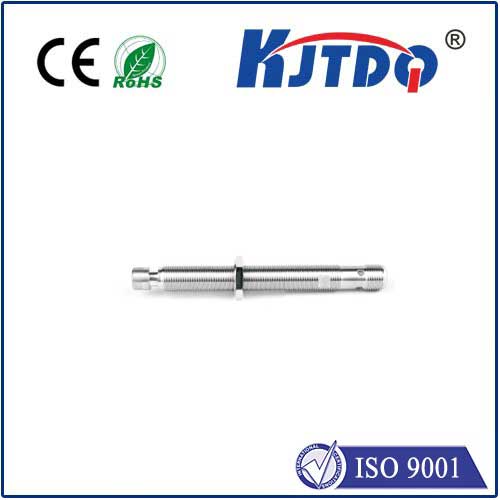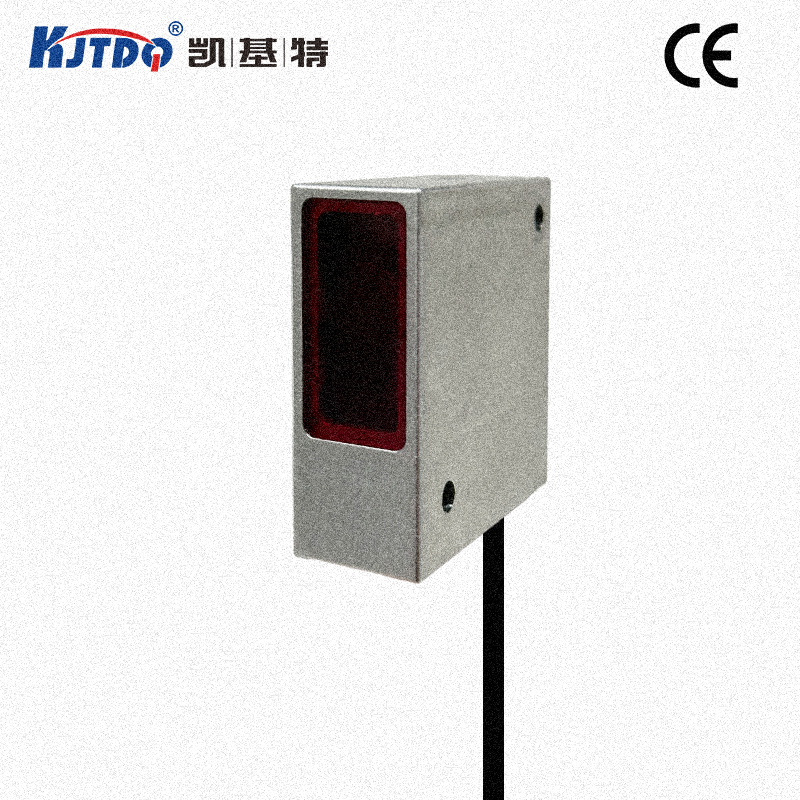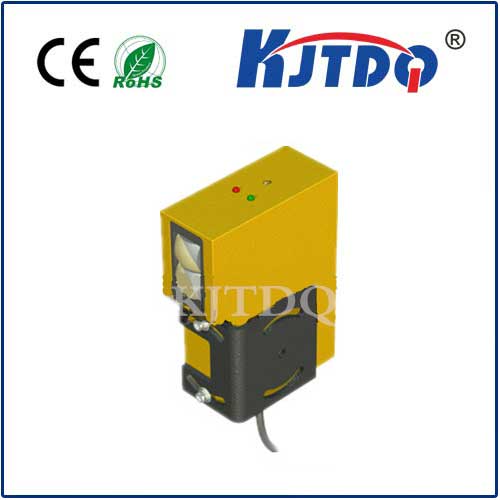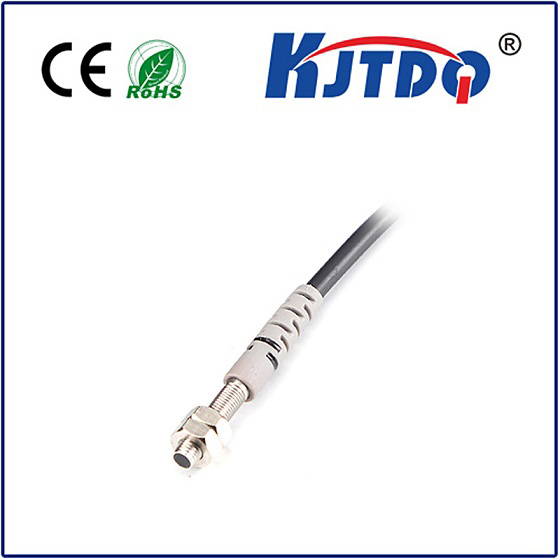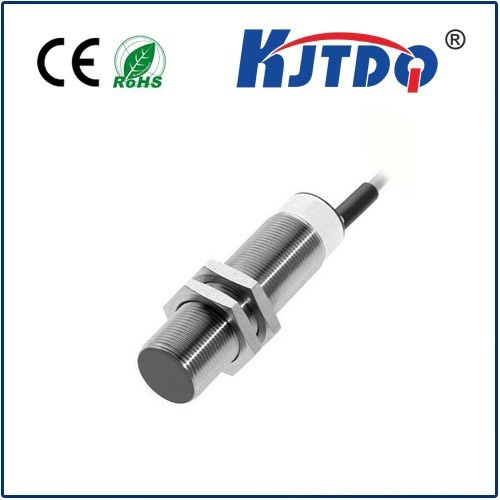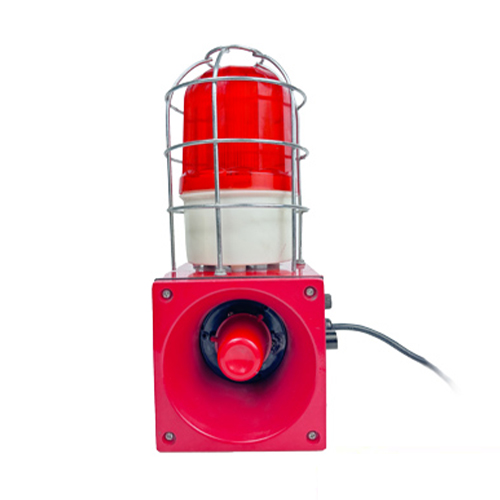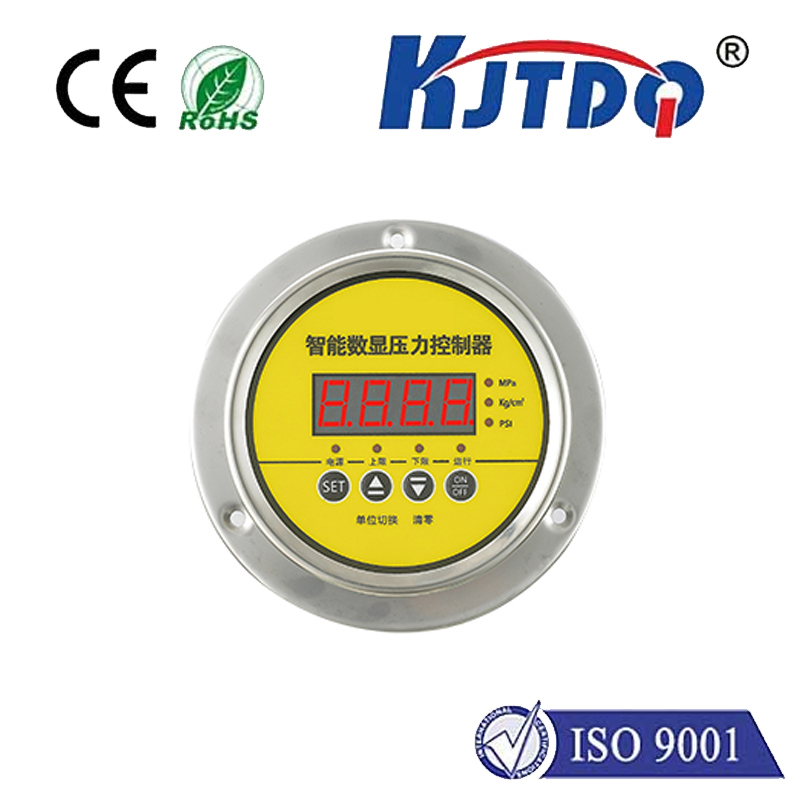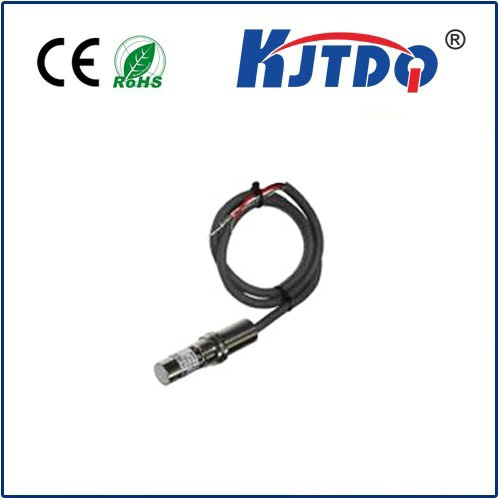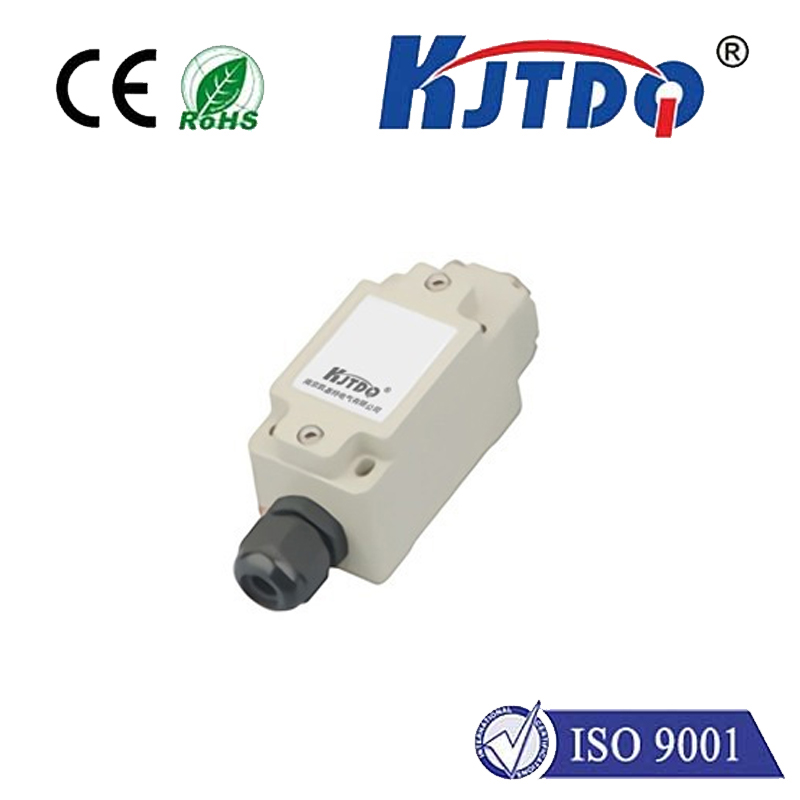

check

check

check

check

check

check

check

check

check

check
Understanding the Miller Furnace Limit Switch: A Comprehensive Guide
The importance of a reliable furnace system cannot be overstated when it comes to maintaining optimal comfort and safety in industrial or commercial settings. One crucial component that ensures the smooth operation of a furnace system is the limit switch, particularly the Miller furnace limit switch. In this comprehensive guide, we will delve into the role of the Miller furnace limit switch, its functionality, and why it is vital for your heating system's performance.
What Is a Miller Furnace Limit Switch?
A limit switch is an electronic component designed to monitor the position or movement of various mechanical parts within a furnace. The Miller furnace limit switch is specifically tailored to work with Miller brand furnaces, ensuring precise control over the system's operation. It acts as a safety mechanism by preventing the furnace from overheating or operating beyond its design limits, thereby safeguarding both the equipment and the environment it serves.
Key Functions of the Miller Furnace Limit Switch
The primary functions of the Miller furnace limit switch include:
1. Controlling Heat Levels: By detecting the temperature inside the furnace, the limit switch can turn off the heating elements when the desired temperature is reached, preventing excessive heat buildup.
2. Safety Interlock: This switch often works in conjunction with a door interlock system to ensure that the furnace cannot operate when access doors are open, protecting maintenance personnel from exposure to high temperatures.
3. System Regulation: The limit switch helps regulate the overall operation of the furnace, ensuring that it cycles on and off appropriately in response to temperature changes.
4. Fault Detection: In some cases, the limit switch may also play a role in diagnosing faults within the system, signaling issues that require attention or maintenance.
Why Is the Miller Furnace Limit Switch Essential?
The significance of the Miller furnace limit switch lies in its ability to maintain optimal performance while ensuring safety standards are met. Without a functional limit switch, a furnace could overheat, leading to potential damage to the equipment or even posing a fire hazard. Additionally, regular monitoring and replacement of worn-out limit switches contribute to energy efficiency by avoiding unnecessary heating cycles and prolonging the lifespan of the furnace.
Maintenance and Troubleshooting
Regular maintenance is key to keeping your Miller furnace running smoothly. Checking the condition of the limit switch, testing its responses, and replacing it if necessary should be part of any preventive maintenance routine. If you encounter issues such as the furnace not turning on or not reaching set temperatures, the limit switch may be the culprit. Always follow manufacturer guidelines for diagnostics and replacement procedures to ensure proper operation.
Conclusion
In conclusion, the Miller furnace limit switch is a critical component that contributes significantly to the safe and efficient operation of your heating system. Understanding its function and the importance of regular upkeep can help maximize the lifespan of your furnace and keep your space comfortable and secure. Should you have any concerns about your limit switch or furnace performance, consult with a professional technician to address them promptly and effectively.
